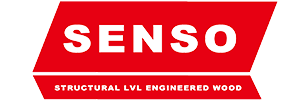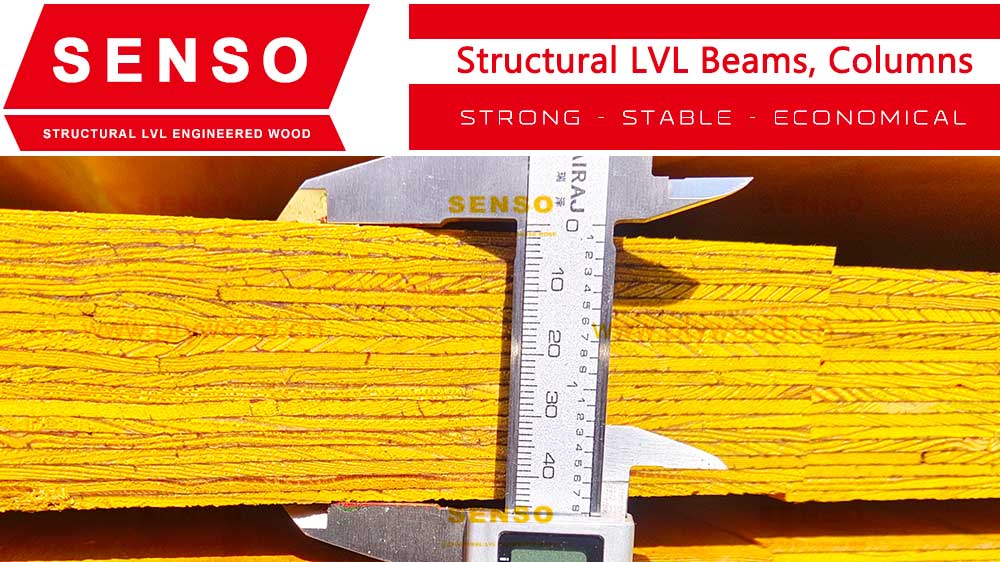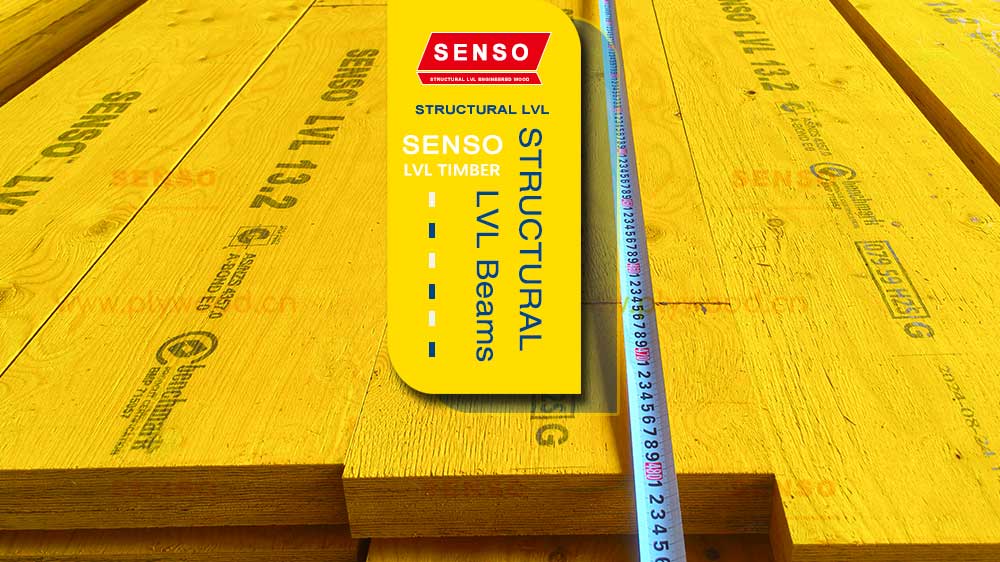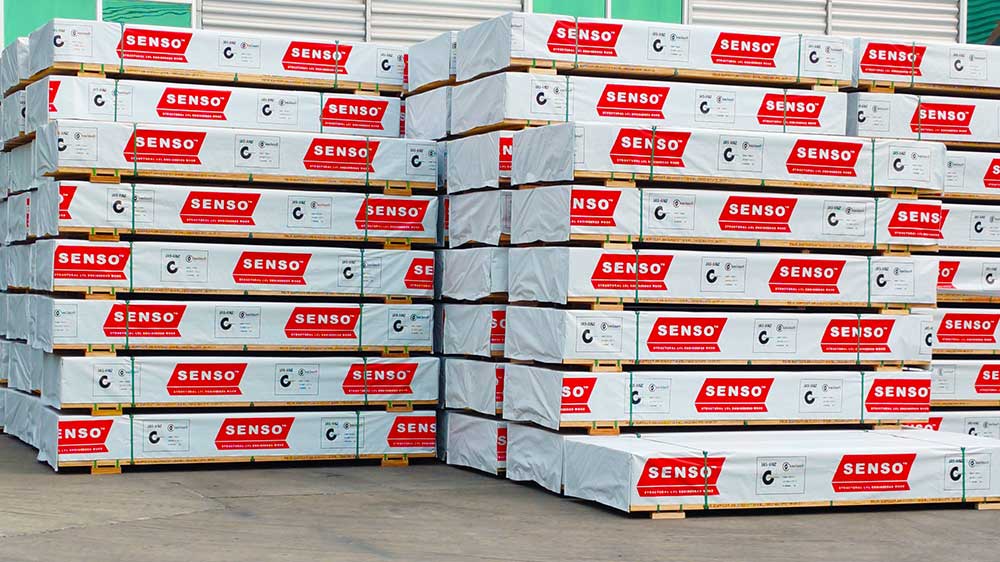What is a Truss Timber Frame?
A truss timber frame is a structural component used in building construction, consisting of interconnected timber elements that form triangular units. These frames are designed to distribute weight evenly and provide stability to roofs, walls, and other building elements. Timber roof trusses are a common type of truss timber frame, used to support the roof structure while minimizing the need for interior load-bearing walls. The use of engineered timber in these trusses ensures consistency in strength, making them a dependable choice for both residential and commercial projects. Truss timber frames are valued for their efficiency, ease of installation, and versatility, making them an essential part of modern construction.
Advantages of Truss Timber Frames
Truss timber frames have become increasingly popular in construction due to their unique advantages. These benefits make them a preferred choice for various projects, ranging from residential homes to large commercial buildings.
1. Strength and Stability
One of the primary benefits of using a truss timber frame is the strength it provides. The triangular design of the truss distributes weight evenly across the structure, ensuring stability and reducing the risk of structural failure. Timber roof trusses, in particular, are engineered to handle significant loads, making them ideal for supporting roofs in areas prone to heavy snowfall or strong winds.
2. Versatility in Design
Truss LVL timber frames are highly versatile and can be used in a wide range of construction projects. Whether you are building a small residential home or a large commercial structure, truss systems can be customized to meet the specific needs of the project. The use of engineered timber allows for greater flexibility in design, enabling builders to create unique architectural features while maintaining structural integrity.
3. Cost-Effectiveness
Compared to other framing options, truss timber frames are often more cost-effective. The use of pre-fabricated trusses reduces labor costs and speeds up the construction process, resulting in overall savings for the project. Additionally, timber is a renewable resource, making it an environmentally friendly and affordable material for construction.
Truss Timber Frames vs. Traditional Framing Methods
When it comes to framing a building, there are several options available, each with its pros and cons. Truss timber frames offer distinct advantages over traditional framing methods, particularly in terms of efficiency and performance.
Efficiency in Construction
Traditional framing methods involve the use of individual beams and supports, which require more time and labor to assemble. Truss timber LVL beams on the other hand, are pre-fabricated off-site and delivered ready for installation. This significantly reduces the time required for framing and allows builders to complete projects more quickly.
Reduced Material Waste
Traditional framing often results in a significant amount of material waste due to the need for cutting and fitting beams on-site. Truss timber frames are manufactured with precision, which minimizes waste and ensures that each component fits perfectly. This not only reduces costs but also makes truss timber frames a more sustainable option for construction.
Types of Truss Timber Frames
There are several types of truss timber frames, each designed to meet specific structural requirements. Choosing the right type of truss is essential for ensuring the stability and performance of the building.
1. King Post Truss
The king post truss is one of the simplest and most commonly used types of timber roof trusses. It consists of a central vertical post (the king post) and two diagonal braces that form a triangle. This type of truss is ideal for small to medium-sized spans and is often used in residential construction.
2. Queen Post Truss
The queen post truss is similar to the king post truss but has two vertical posts instead of one. This design allows for a wider span, making it suitable for larger buildings. The queen post truss is commonly used in both residential and commercial construction projects.
3. Scissor Truss
The scissor truss is characterized by its unique design, which creates a vaulted ceiling inside the building. This type of truss is often used in residential construction to add architectural interest to the interior of a home. Scissor trusses provide both structural support and aesthetic appeal, making them a popular choice for modern homes.
Applications of Truss Timber Frame
Truss timber frames are used in a variety of construction applications, providing strength and stability where needed. Their versatility makes them suitable for both residential and commercial projects.
Residential Construction
In residential construction, truss timber frames are commonly used to support roofs and create open interior spaces. The use of timber roof trusses allows for greater flexibility in design, enabling homeowners to achieve the desired look and feel for their home while maintaining structural integrity.
Commercial Buildings
Truss timber frames are also used in commercial construction, particularly in buildings that require large open spaces without interior load-bearing walls. The strength and stability of truss systems make them ideal for supporting roofs and other structural elements in commercial buildings.
Agricultural Structures
Truss timber frames are often used in agricultural structures, such as barns and storage sheds, due to their ability to span large distances without the need for interior supports. This allows for more usable space inside the building, which is essential for storing equipment and supplies.
Benefits of Using Engineered Timber in Truss Frame
Engineered timber is commonly used in truss timber frames due to its consistent quality and enhanced strength. The benefits of using engineered timber in truss frames are numerous, making it a preferred choice for many builders and architects.
Consistent Quality
Engineered timber is manufactured under controlled conditions, which ensures that each piece has consistent quality and strength. This is particularly important in truss frames, where uniformity is essential for maintaining the stability of the structure.
Improved Load-Bearing Capacity
The use of engineered timber in truss frames enhances their load-bearing capacity, allowing them to support greater weights without compromising stability. This makes engineered timber trusses suitable for a wide range of applications, from residential roofs to large commercial structures.
Environmental Benefits
Engineered timber is made from smaller pieces of wood that are bonded together, making it a more sustainable option compared to solid wood beam. The efficient use of raw materials helps to minimize waste and reduce the environmental impact of construction projects.
FAQs About Truss Timber Frame
Q: What is a truss timber frame used for?
A: A truss timber frame is used to provide structural support in building construction, particularly for roofs and walls.
Q: How do I choose the right truss timber frame for my project?
A: Consider factors such as load requirements, span, and architectural style, and consult with an engineer or builder to determine the best option.
Q: Are truss timber frames better than traditional framing methods?
A: Truss timber frames offer greater efficiency, reduced material waste, and improved strength compared to traditional framing methods.
Q: Can truss timber frames be used in commercial buildings?
A: Yes, truss timber frames are often used in commercial buildings to provide structural support and create large open spaces.
Q: What are the benefits of using engineered timber in truss frames?
A: Engineered timber provides consistent quality, improved load-bearing capacity, and environmental benefits, making it an ideal choice for truss frames.
Post time: Feb-12-2025




